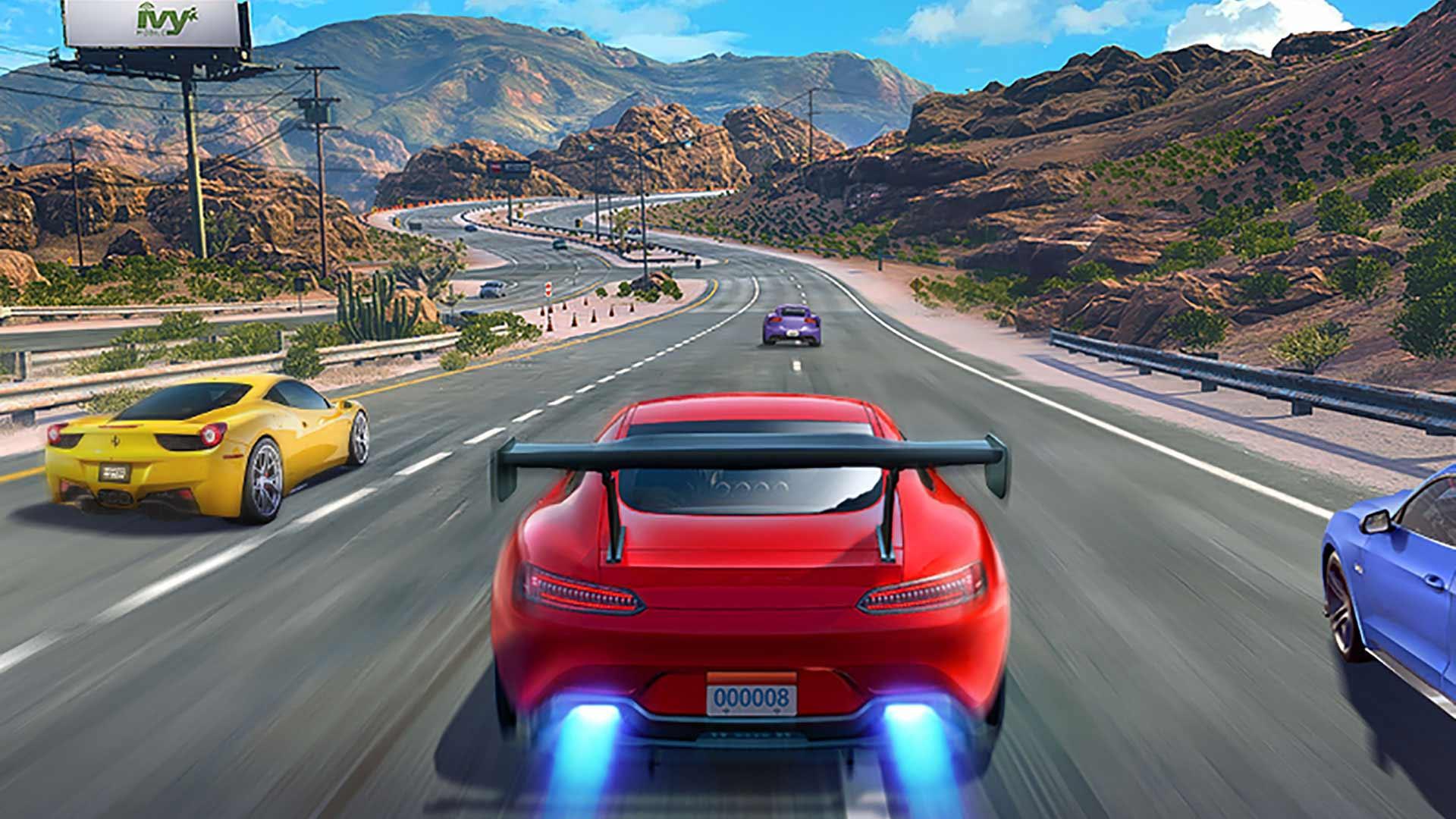Introduction: Merging Realism and Thrill in Virtual Racing
Racing games have long captivated gamers with their blend of speed, competition, and precision. From arcade-style fun to ultra-realistic driving simulators, the genre has evolved dramatically with advances in graphics, physics engines, and connectivity.
Today’s racing games not only deliver breathtaking visuals and dynamic gameplay but also offer immersive experiences that replicate real-world driving conditions, professional racing circuits, and complex vehicle mechanics. Racing games market is projected to grow to USD 6.9 billion by 2032, exhibiting a compound annual growth rate (CAGR) of 10.2% during 2024-2032.
Evolution from Arcades to Simulators
Racing games began in arcades with classics like “Out Run” and “Daytona USA,” offering simple mechanics and time-based challenges. With the rise of home consoles and PCs, games like “Gran Turismo,” “Need for Speed,” and “Forza Motorsport” introduced sophisticated physics, car customization, and career modes.
The genre now spans from arcade-style racing for casual gamers to hardcore simulators used by professional drivers for training, including “iRacing,” “Assetto Corsa,” and “rFactor 2.”
Realism Through Physics and Graphics Engine
Modern racing games employ advanced physics engines to replicate real-world dynamics such as tire grip, suspension movement, aerodynamic drag, and engine behavior. Combined with high-definition graphics, ray tracing, and realistic sound design, these games offer an immersive driving experience.
Weather systems, day-night cycles, and damage modeling add depth and unpredictability, making each race unique. Motion rigs and VR headsets take immersion further, allowing players to feel every bump and turn on the track.
Multiplayer Competitions and Esports Growth
Online multiplayer modes and esports tournaments have transformed racing games into globally recognized competitive platforms. Players can race against opponents worldwide in real-time, participate in seasonal events, and earn rankings.
Professional tournaments hosted by platforms like FIA Gran Turismo Championships or F1 Esports Series offer significant prizes and fan followings. These events blur the lines between virtual and real racing, attracting sponsorships, media coverage, and official racing team involvement.
Customization and Progression Systems
Racing games increasingly offer deep customization, allowing players to tweak car performance, aesthetics, and tuning setups. Whether upgrading engines and suspensions or applying vinyl wraps and decals, players can personalize their experience to suit driving styles and preferences.
Career modes often include progression systems where players unlock new vehicles, tracks, and challenges. Role-playing elements such as team management and sponsorships add another layer of engagement.
Cross-Platform Integration and Mobile Racing
With cloud gaming and cross-platform compatibility, players can now race across consoles, PCs, and mobile devices seamlessly. Games like “Real Racing 3” and “Asphalt 9: Legends” bring console-level racing to smartphones, complete with touch controls, gyroscopic steering, and real-time multiplayer.
Cloud platforms enable save-syncing, letting players continue their careers across different devices. This accessibility has expanded the genre’s audience, making racing games one of the most played segments in mobile gaming.
AI Opponents and Dynamic Difficulty Scaling
Artificial intelligence in racing games has evolved beyond scripted patterns to adaptive behavior. AI racers now respond to player strategies, adjust aggression levels, and simulate realistic mistakes. This enhances the challenge and keeps gameplay fresh.
Dynamic difficulty settings help both beginners and veterans enjoy a tailored racing experience. Some games even use AI co-pilots or team engineers to assist with strategy and pit stops, mirroring real-world race scenarios.



